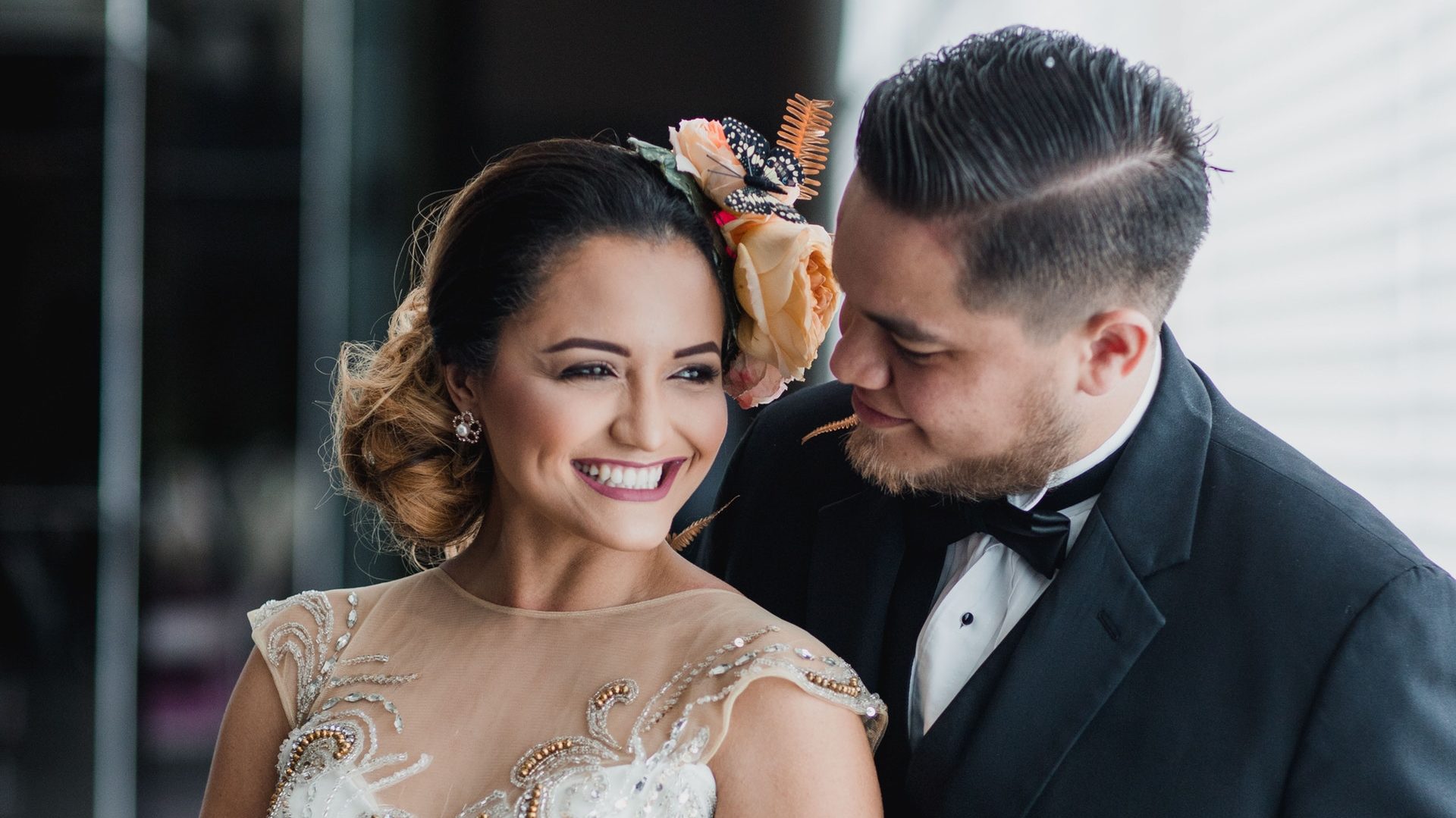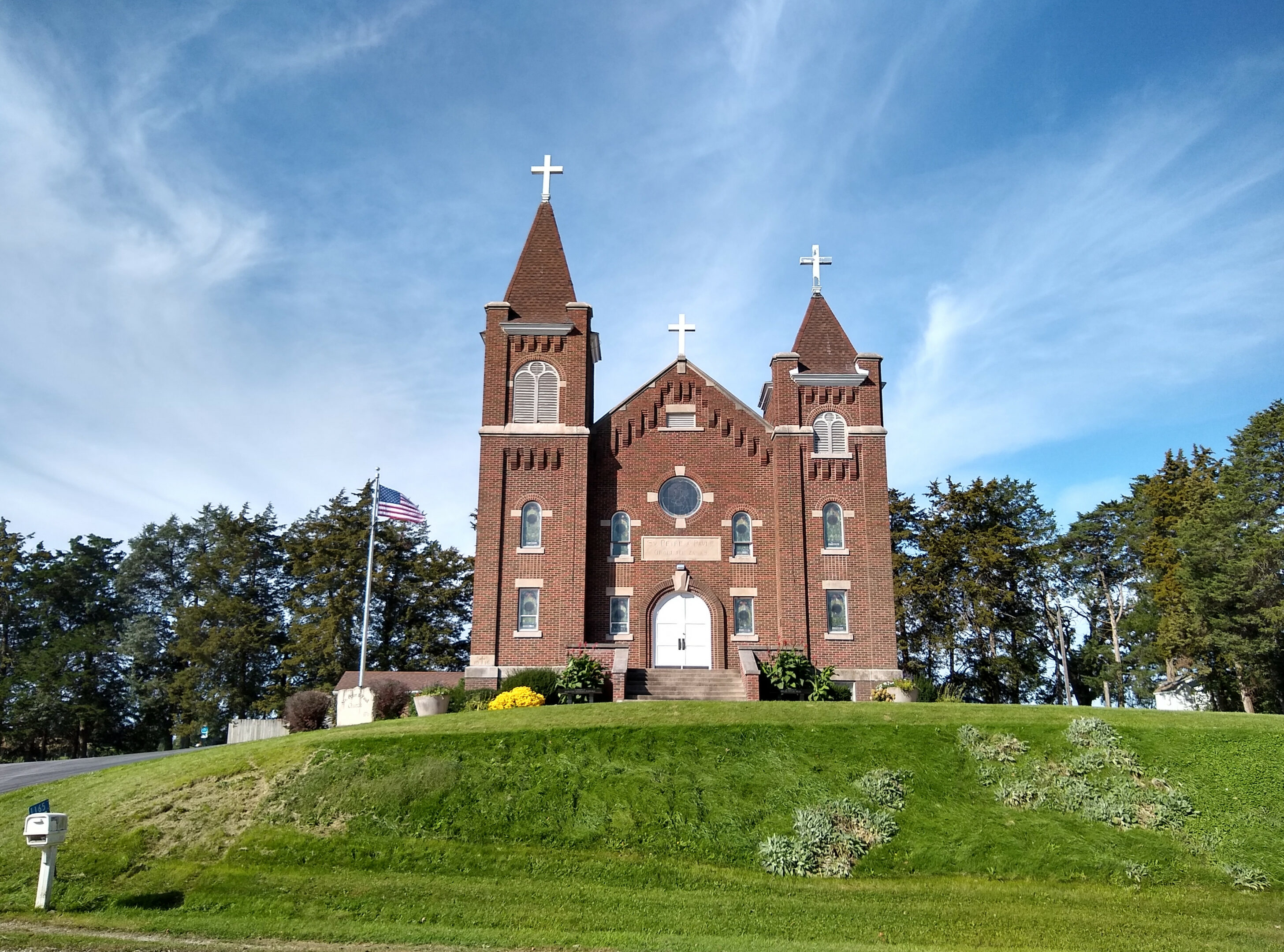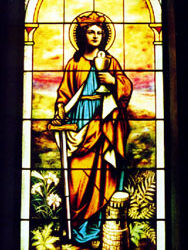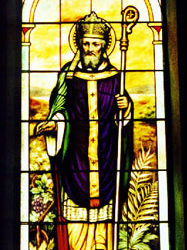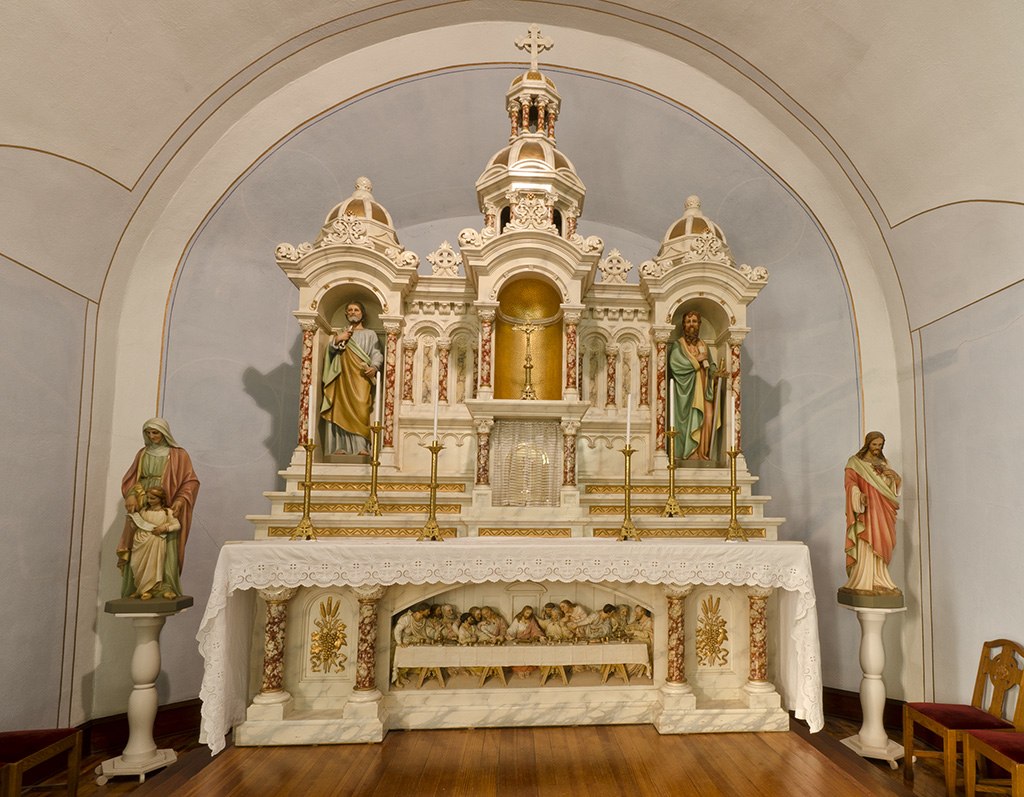The Original Church
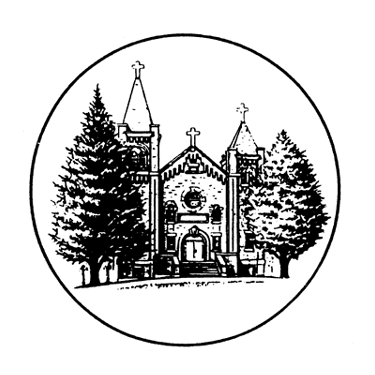
Saint Peter & Paul’s Catholic Church was established in 1861 by the Czech Bohemian immigrants who settled around Solon and Mt Vernon, Iowa. The original stone church was located across the road from the present church and was built at a cost of $1,300. The rock was hauled by a team of oxen from a distance of five miles. Built by hand, it took members five years to finish building the structure.
The church was built to serve the community as a religious and social center. The community grew too large for the original church and in 1916 the new (present) church was constructed. The original church stood as a landmark in memory of its founders until permission was granted to raze the building. In 1938 the original Saint Peter and Paul’s church was torn down, and a large stone cross was placed where the altar once stood. The cemetery is a reminder of the founders who built the church and worshiped there.
The Current Church
The current (second) Saint Peter and Paul’s church was built across the road from the original church on donated land. Ground was broken on April 18, 1916 to accommodate the fast-growing congregation.
One of the things which make the architecture unique are the offset spires. This new church consists of a steel framework surrounded by brick and tile. The bid of $13,800 did not include the heating, lighting and windows.
Several items are notable for their craftsmanship. The stained glass windows were donated by Bohemian parishioners and have Czech inscriptions underneath. The marble altar, which has the Last Supper carved into the front, was shipped from Italy. The Infant Jesus of Prague, a Czech religious symbol, adorns the altar. The picture of Saint Peter and Paul in the vestibule was brought over from Europe – it was originally painted around 1861. Bob Norman, who was responsible for the restoration, noted that “the artist had a tremendous amount of very fine training to have the ability that this painting exudes. Much of it is finer than the two Rembrandts that I have restored”.
The new church was finished and dedicated on July 15, 1917. Father Florian Svrdlik of Saint Wenceslaus Church in Cedar Rapids delivered the sermon. Following the dedication, a dinner was served for an estimated crowd of 1,000 who attended the ceremonies. A local newspaper described the church as “The most beautiful in the state, with high vaulted ceilings, three gold and white altars and altar rail finished in white marble. Statuette groups represent the fourteen stations and the solid oak pews add to the grandeur of the entire building.”
For many years the church was the hub of activities. It was a place for weddings, solitude, funerals and a place to celebrate the sacraments. Corpus Christi Day was an annual celebration held after Trinity (after Easter). Unfortunately, the church was not immune to changes happening in society. Younger people moved from the farms to the city with their families, causing the size of the congregation to decrease.
Saint Peter and Paul Catholic Church closed its doors on June 30, 1996, but it will not be forgotten. Many of today’s elderly still living in the community have ties and memories that filter down through the years along with the traditions and heritage of the Czech culture. Saint Peter and Paul held the community together. Now parishioners travel to Cedar Rapids, Iowa City, Mount Vernon, Solon and beyond.
Transitioning to a Chapel
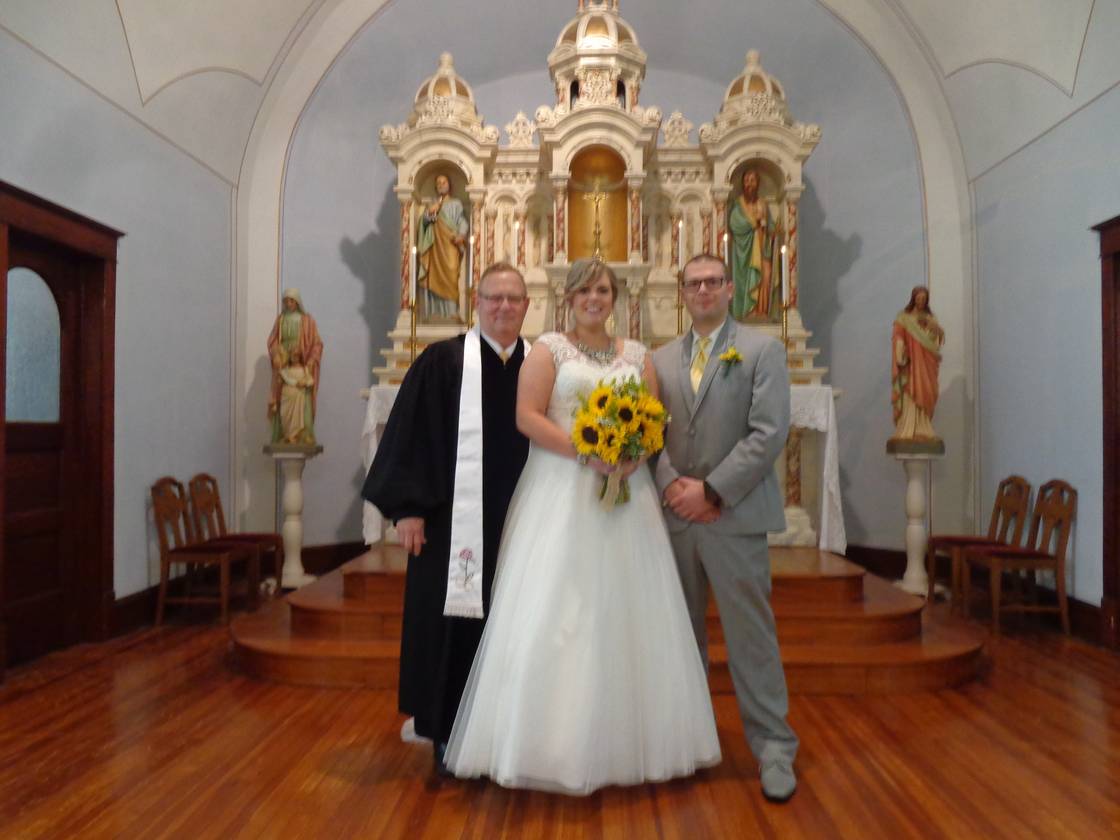
Members of the church got together in 1996 to see what could be done with the church. They decided to purchase the property from the diocese and restore it. A tremendous amount of effort would be required by the community to make this dream a reality, but the alternative was to see the church torn down. In this light, the decision was simple.
A Board was formed to coordinate a fund drive for this purpose. Major donors included John Castle and Duane Martins. The church was purchased for the sum of one dollar and major renovations began.
Indoor plumbing was finally added. A new kitchen downstairs made it possible to cater larger gatherings. Construction for a ramp for access to the downstairs meant that everyone could attend.
Everything in the altar area was cleaned and painted. Hushey Windows handled the work associated with renovating the stained glass windows.
Many, many hours were donated by community members to complete the work. Efforts were undertaken to have the church of Saints Peter and Paul listed as a National Historic Site. It was officially listed in 1998.
The Board announced that wedding rentals could officially begin in September of 1998.
